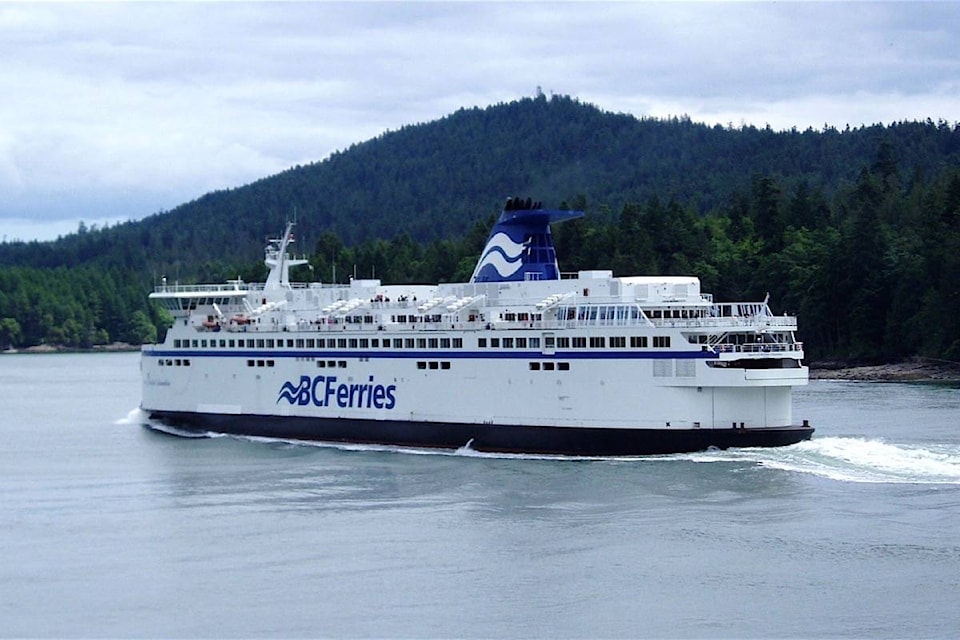BC Ferries saw its highest levels of vehicle traffic in its 58-year history in the first three months of its 2018 fiscal year.
Between April and June, of 2018, more foot passengers also used the services than recorded in over 20 years.
“Traffic across the system has grown and we are working hard to deliver the travel experience our customers expect,” said Mark Collins, BC Ferries’ president and CEO. “However at these unprecedented traffic levels we know that some travellers and communities are seeing some delays.
RELATED: BC Ferries report net loss of $14.8 million in third quarter
To address this, we’ve added even more extra sailings this summer for the increased demand while maintaining key operational targets like safety and on-time performance.”
Despite being busier than ever, BC Ferries reports a net income of $6 million for the first quarter of 2018, compared to $17.3 million in the same time in 2017.
This drop is a result of a 15 per cent fare reduction starting on April 1, 2018 for all routes other than the Metro Vancouver-Vancouver Island routes. B.C. seniors discount also increased from 50 per cent to 100 per cent for travel Monday through Thursday.
The net revenue drop is also affected by an increase in trips. BC Ferries provided 352 additional round trips to meet an increase in demands across their routes, and additionally had to make schedule adjustments for routes out of Horseshoe Bay terminal.
The company also upgraded the Spirit of British Columbia vessel, which travels the Tsawwassen-Swartz Bay Route. The upgrade included converting the engines to dual-fuel capable so it could run on liquefied natural gas.
RELATED: BC Ferries to invite provincial ship-building firms to bid on Island-class vessels
“BC Ferries looks to the future, ensuring it has the vessels and infrastructure to deliver sustainable service,” said Collins. “It’s important to continue to reinvest in the assets and systems to ensure we have the resilience to meet increasing demand.”
Capital investments by the end of June 2018 were $72.8 million, which helped increase operating expenses by 7.8 per cent, to $209.9 million.
In total, the revenue for the first quarter increased y 1.5 per cent to $229.7 million, mainly because of increased traffic levels.
Upcoming expenses will include the introduction of a new route between Port Hardy and Bella Coola, starting on September 16. The company is also seeking two Requests for Expressions of Interest to purchase four, 47-vehicle Island Class vessels and one 138-vehicle Salish class vessel to replace older fleets.
